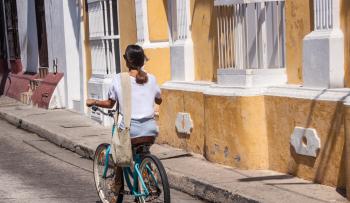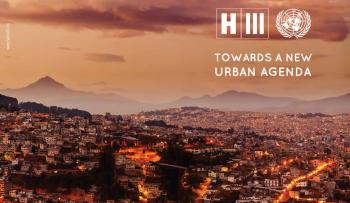On the 17th and 18th of November, we organized successful training and workshop days in Zagreb for our international members involved in the Leadership Programm...
Copacabana is a district located in the South Zone of Rio de Janeiro and it offers today the opportunity of using a widespread network of bike lanes. It all beg...
It was in 2012, during the pre-election period, that the idea of the Ciclo Rotas Centro (Cycle Routes Center) emerged. This was a gift from civil society to...
The use of bicycles and tricycles to deliver goods and services is fast-growing and it is becoming a trend in Europe and the U.S., generally due to environ...
The transport sector is growing – and it is growing fast. By 2030 passenger traffic is predicted to see an increase of 50% compared to 2015, the global freight...
The city of Rio de Janeiro began to build its cycling history in the transition period from XIXth to XXth century. In that period the country was experiencing a...
A new law amendment in Slovakia makes possible from 1st January 2017 to ride a bicycle with a blood alcohol concentration up to 0.5 per thousand, i.e. 0.24...
Martin Tušl, ECF Policy Intern, who has previously lived and worked in Colombia, shares his observations about cycling culture, infrastructure and e...
Should the EU embrace a target of doubling cycling over the next 10 years in Europe? And should therefore at least 10% of the EU transport funds be ring-fenced...
A detailed report on non-motorized transport (NMT) which includes walking and cycling was released in September 2016 by UNEP (United Nations Environment Program...
After Deutsche Bahn (DB) announced earlier this year that its new ICE-4 generation trains will allow 8 complete bicycles on board, there is more good news from...
People around the world are migrating faster and faster towards urban areas. Nowadays, more than 50% of the world’s population live in cities and, if it goes on...












